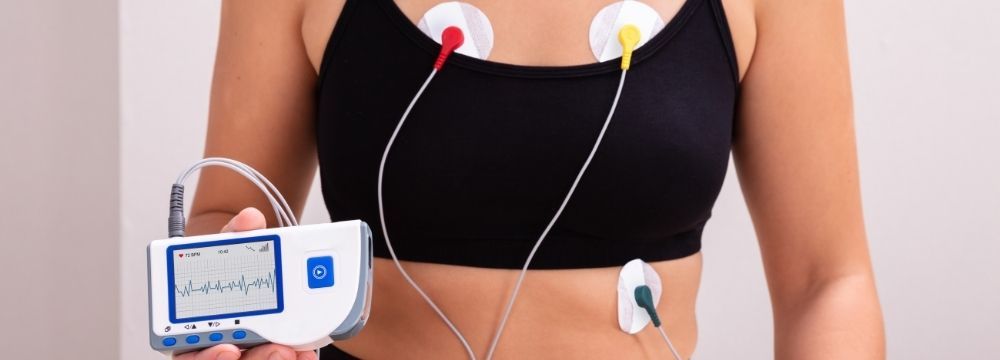The Usefulness of Wearable EKGs to Diagnose AFib

As tech companies dig deeper into the healthcare space, consumers can extract more and more data without lifting a finger. A few years ago, measuring heart rate on the go was a big deal. Recently, with Apple announcing that the FDA has cleared their latest watches as a medical device – an EKG – we have unique opportunities and some challenges.
Should an Apple Watch Be Trusted as a Medical Device?
The short answer is that the Apple Watch can offer precise information about heart rhythm and can be beneficial for some with paroxysmal atrial fibrillation – in other words, those that only have symptoms occasionally.
The most significant limitation of a traditional in-office EKG, which only offers a snapshot of the patient’s heart rhythm, is that an occasional irregular heartbeat may not be detected while at the physician’s office for a routine checkup.
The solution for most is to be outfitted with a Holter Monitor or loop recorder, carried with the patient, that continuously records heart rhythm over extended periods. Recent advances have allowed us to implant tiny loop recorders under the skin to eliminate the inconvenience of carrying a medical device.
The Apple Watch takes continuous heart rhythm monitoring home and can be helpful for those who suspect they have Afib. However, it is not a diagnostic tool and cannot replace the sensitive monitors used by electrophysiologists.
When the Apple Watch May Be Useful
Patients who have visited their cardiologist or electrophysiologist complaining of symptoms associated with Afib may benefit from the newest Apple Watch. Often, it is difficult for us to detect Afib, especially if it is intermittent. Even a loop recorder may not last long enough to catch an “episode.” With an Apple Watch, the patient can begin recording on demand and send the data to their cardiologist for analysis.
The Potential Disadvantages of the Apple Watch EKG
No matter how useful the watch, there will always be self-diagnosed patients. If a patient sees an irregular heart rhythm, they may be tempted to believe they have Afib. However, this is not always the case. We all have distinct heart rhythms, and some variance – skipping a beat or two here or there – can be perfectly normal.
Patients who constantly scrutinize their heart rhythm may believe that they have a problem when they do not, leading to unnecessary diagnostic testing and anxiety.
Further, if patients continuously send their diagnostic information to their cardiologist or electrophysiologist, treatment and diagnosis may be less effective.
What is the Best Option for Apple Watch Owners?
For those who do not have the risk factors or symptoms of Afib, a wearable EKG may be a nice gimmick for self-awareness purposes. However, it should not be used alone to diagnose any medical condition. On the other hand, both medical professionals and at-risk patients can benefit from a conversation about how to best use the Apple Watch or other mobile EKG devices to get essential data to their cardiologist or electrophysiologist. Overall, devices like the newest Apple Watch may give us specific valid data points for a larger diagnosis.
We look forward to seeing the Apple Watch and other medical devices that monitor heart rhythm become an effective ancillary diagnostic tool for patients who may be suffering from Afib.

